 SHARE THIS
SHARE THIS
From the very beginning, human spaceflight has been about firsts as much as technology. Space exploration is, after all, a product of the Cold War — a “Space Race” where beating the other superpower was the justification. Sending the first person into space, carrying out the first spacewalk, being the first to reach the moon, and the first to land on the moon — these were headline-grabbing moments that elevated the prestige of the country responsible. Daring decisions were made. Lives were risked, and sometimes lost, in a race for supremacy.
There is another list of individual firsts along the way that had no particular operational reason for existing. From an engineering point of view, they were simple, requiring no changes. For headlines and prestige, they were immense triumphs. These firsts were about people.
Valentina Tereshkova, the first woman in space, became a media sensation. Her flight suggested — falsely, it turned out — that women in Communist countries had much more opportunity and equality than those in the West. It was a severe embarrassment to the United States, prompting many questions in newspapers and in Congress about whether America was failing.
Over time, most of the personal firsts we can imagine have happened, and they have often made the news. Spacefarers from dozens of countries around the world have flown on American space shuttles or Russian Soyuz spacecraft. In the case of the Chinese, they have flown on their own rockets. The first black man, followed later by the first black woman, gained greater headlines for their missions than other flights doing the same operational tasks. When the Challenger crew died shortly after launch, many remarked that the diversity of the crew — including two women, a black man and a Hawaiian man of Japanese ancestry — represented the diversity of America, making their tragic loss all the more symbolic.
Many of these spacefarers celebrated being first. Others brushed it off as “someone had to be,” or even resented being pigeonholed. They were focused engineers, pilots, and scientists, who had worked hard at their careers. Many of them wanted to be defined more by their achievements than by birthplace or ethnicity. When declining an interview request from a Jewish women’s magazine, astronaut Judy Resnik tersely responded, “I am an astronaut. Not a woman astronaut. Not a Jewish astronaut. An astronaut.”
Save for perhaps a few countries who have yet to put their first citizen in orbit, there are few personal firsts left to claim. But one title was often a cause of speculation. Who would be the first openly gay astronaut?
Gay astronauts would not always have been welcome in the space programs of the world, and in many places would still not be. In the Soviet Union, being gay was a criminal offense: any gay cosmonauts from that era, if any exist, have kept it secret. Since the fall of the Soviet Union, no cosmonauts have publicly identified themselves as gay either.
Michelle Evans is a respected space historian and author, as well as an expert advocate for LGBTQ (Lesbian, Gay, Bisexual, Transgender, and Queer) issues. “Being LGBT in Russia was officially decriminalized in 1993,” she relates, “but Vladimir Putin has instituted laws since then which all but in fact keep such people criminalized. It is not possible to openly talk about LGBT issues in Russia today, so no cosmonaut would be allowed to fly if they came out — or even if they just said they supported LGBT people.
“The other nation with its own spacefarers, China, is also very much behind with regard to LGBT rights. However, they have more of a hands-off policy versus outright criminalization as has happened in Russia. Their government would rather pretend LGBTQ people don’t exist. Their biggest worry is that organizing protests in favor of gay and trans rights might lead to larger protests against the country’s leadership — and this is something that will not be tolerated.”
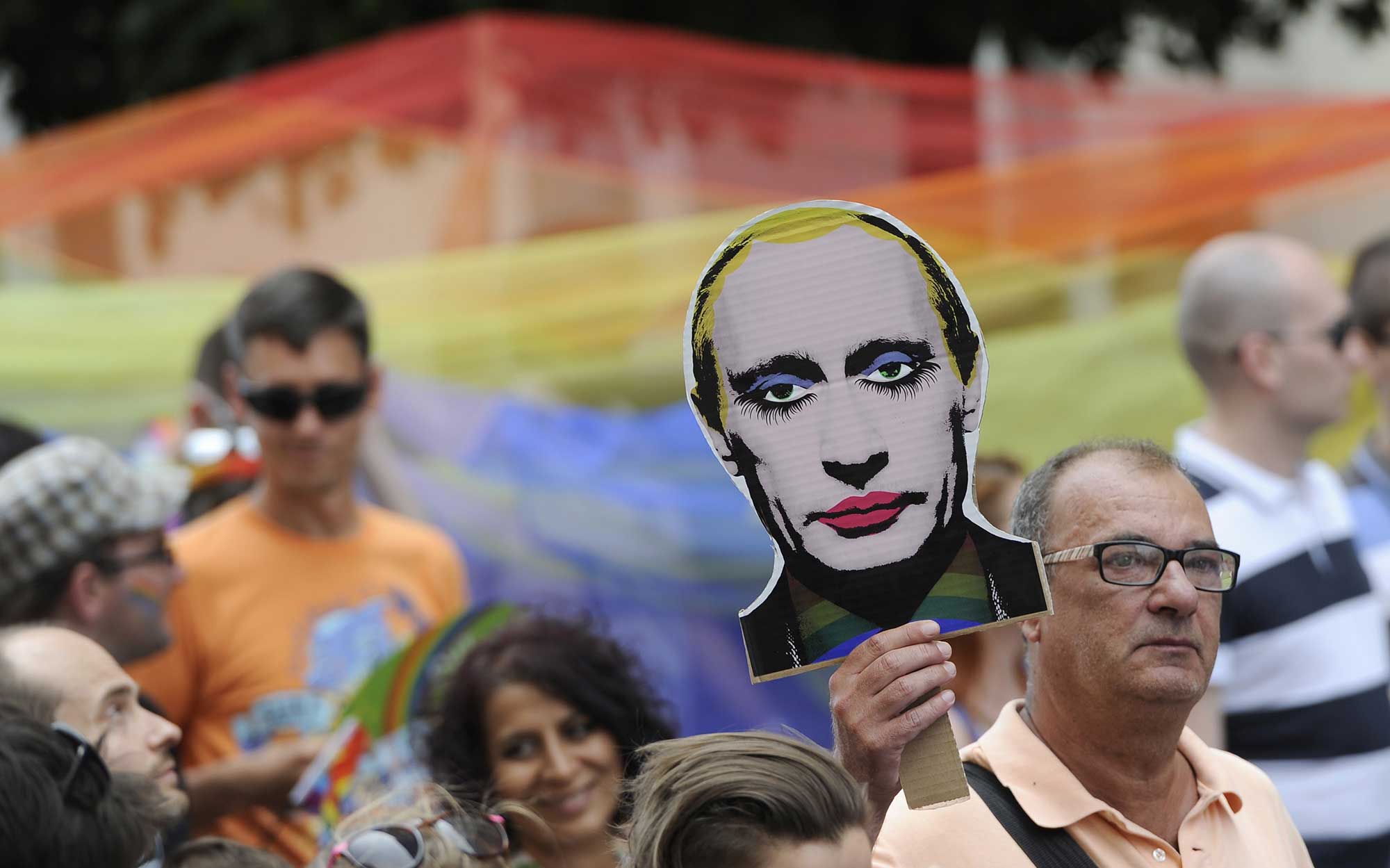
Gay Americans were persecuted throughout the 1960s, the decade when astronauts first flew. Coincidentally, it was the summer of 1969, when NASA triumphed with its Apollo 11 moon landing, that the Stonewall riots in New York began an assertive time of grassroots protest and demand for equal rights for gay and trans Americans.
Nevertheless, progress has been slow. It was not until 2003 that the Supreme Court decriminalized homosexuality in America. Many repressive laws existed until then in states such as Texas, home of NASA’s Johnson Space Center, where the astronauts are based. There are however still no laws in the state explicitly protecting gay rights. As federal employees, NASA’s civilian astronauts were protected in theory by a Presidential Executive Order from discrimination, but this did not happen until 1995. Even then, until a Supreme Court ruling of 2020, discrimination in employment was still widely carried out.
Before this, gay Americans were barred from federal employment by laws passed during the same Cold War that had created the space program. Considered security risks, and open to blackmail because of personal lives considered illegal for their very existence, they were actively investigated by the FBI and civil service, who routinely “purged” employees under suspicion. Over 5,000 federal employees were fired during these purges, a hunt that did not end until after the Apollo program was over.
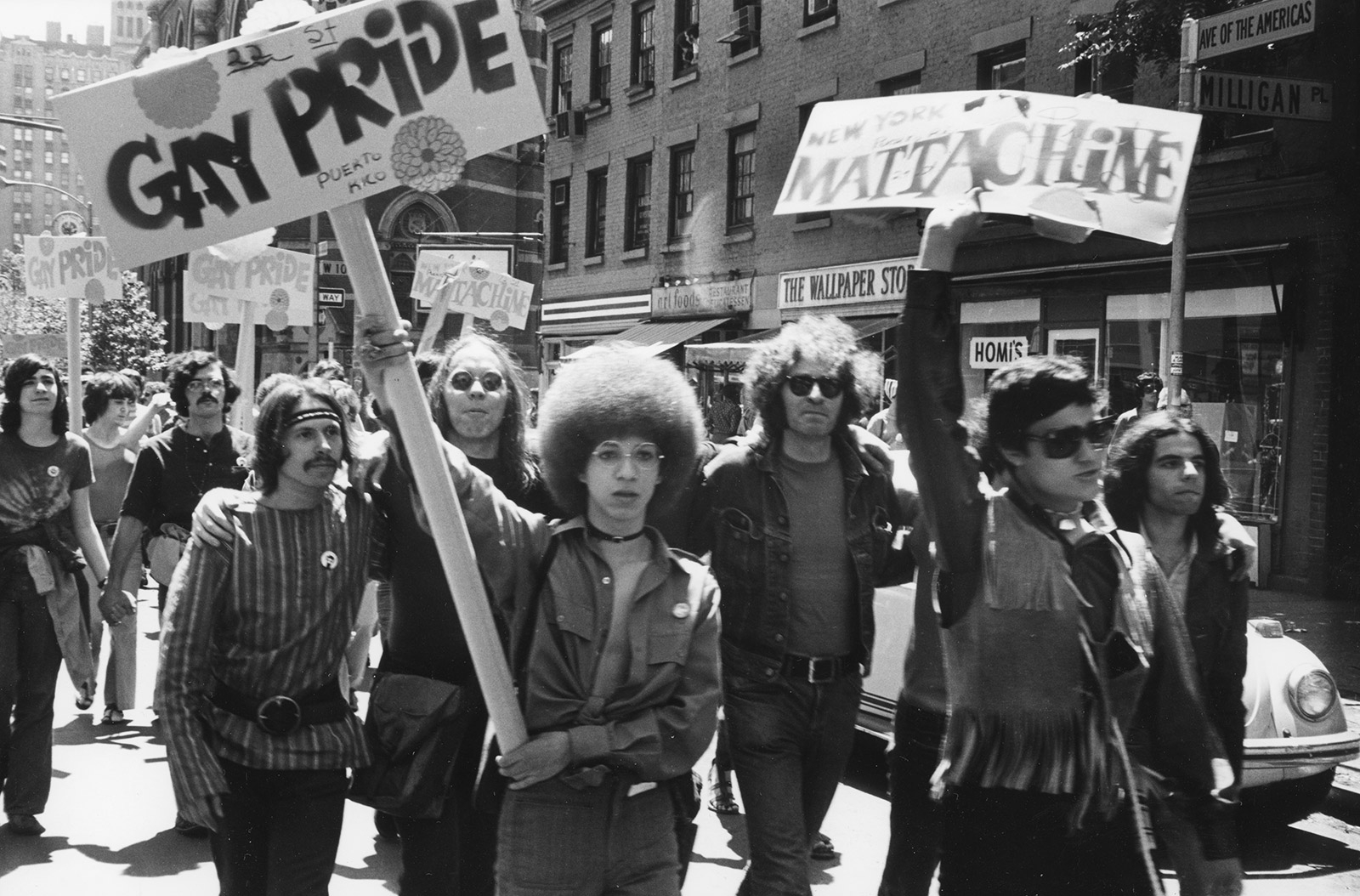
Not all astronauts are civilian employees, however. Gay Americans were prohibited from serving in the military, a policy only eased slightly with 1993’s “Don’t Ask, Don’t Tell” directive. Under this ruling, gay Americans could serve in the military — as long as it remained a total secret. If discovered, they had to leave. This policy was only scrapped in 2011. Any gay astronauts who were active military members before this spent their careers forced to live a lie. We can only imagine how many people never had the chance to become astronauts because they chose not to live under such double standards.
Even if candidates had not faced discrimination in their work prior to applying to be an astronaut, they would face a thorough background check, including visits from the FBI to key people in their past, asking all kinds of questions about their personal lives. They would also be put through a series of questions by psychologists, a profession that listed homosexuality as a mental disorder into the mid-1970s, when they downgraded it to the marginally less misguided “disturbance” of sexual orientation.
A 1963 paper titled “Aeromedical Evaluation for Space Pilots” from the USAF School of Aerospace Medicine spends almost three hundred pages detailing all the possible physical and psychological requirements for future space pilots. Amid all the detailed requirements is a literal heterosexuality scale, with attempts to tie a preferred heterosexuality score to positive dominance and achievement scores. Reading it now, it seems medieval.
Jim Lovell remarked upon undergoing these tests for his own 1962 astronaut selection when interviewed by the BBC in 1979. “Now I look back on it, it was very idiotic,” he recalls, specifically singling out inkblot tests given by the psychologists and a friendly warning from Alan Shepard, who had already been selected as an astronaut.
“Al Shepard sort of warned us about this — he said, now, be sure that you give the ‘proper’ answers. Make sure that you are ‘masculine’ enough otherwise you’ll be eliminated from the program…. So when all the inkblots came up, we looked at them and, sure enough, we’d always see some feminine anatomy in there, to make sure that we gave the proper sexual response.”
Dee O’Hara was assigned as the nurse to the original astronauts, and medically cleared each spacefarer before launch from the first flight in 1961 to the first shuttle mission in 1981. She knew the very conservative Houston culture of the era as well as anyone. “Given the times, a gay astronaut would not have been selected,” she explains. “Simply out of the question. Conformity was mandatory in all matters. An astronaut whose wife threatened him with divorce was made to immediately resign. Even long hair was out of the question, as well as beards. Although these restrictions were not written down, it was just the way it was. I don’t believe anyone even questioned it. When I transferred to NASA’s Ames facility near San Francisco in 1973, I was really shocked at how everyone dressed there — T-shirts and blue jeans. What a difference, how much more relaxed everything was!”
“Gay employees would almost certainly stay in the closet until after retirement, or even beyond,” Michelle Evans explains. “A good example of the conservative nature of aerospace is Pete Knight, a pilot for the X-15 rocket plane who flew suborbital space missions, and how he handled his brother and his son coming out as gay in the late 1990s. He disowned them, then worked as a California State Senator to create legislation to harm gay people by not allowing them to be married. It took fifteen years to overturn the harm he did.”
Hoot Gibson was a military test pilot, and an astronaut from 1978 to 1996. As chief of the astronaut office for a number of years, he had a lot of say in who was selected as an astronaut.
“Texas was not a very welcoming environment for gay people,” he tells me. “Although I did meet some gay people there, it was kept pretty quiet. I’m certain NASA would have gone ballistic if there had been any gay astronauts then. NASA was a ‘don’t rock the boat’ outfit who shied away from anything controversial.
“An example was Mark Lee marrying Jan Davis after they were both assigned to the STS-47 shuttle mission. After I was made commander of that flight, Mark and Jan told me NASA was going to remove her from the flight so they wouldn’t have to worry about ‘sex in space.” They had told Jan on a Friday that a press release would come out on Monday, taking her off the mission. Somehow NASA instead did the smart thing, which was to keep hands-off on the subject. Lo and behold, it was no big deal when they flew together.
“As another example of NASA backing away from anything controversial, they were nervous I would go to the Mir space station on my docking mission there and drink vodka with the Russians. There wasn’t any vodka there at all — it was all cognac. In such an atmosphere, I’m certain we wouldn’t have selected someone who was known to be gay.”
With so many career obstacles before, during, and after any attempt at becoming an astronaut, did any gay applicants make it through before civil rights advocacy abolished many of the more discriminatory hurdles? Thankfully, yes. Some of America’s best-known and most distinguished astronauts made it through.
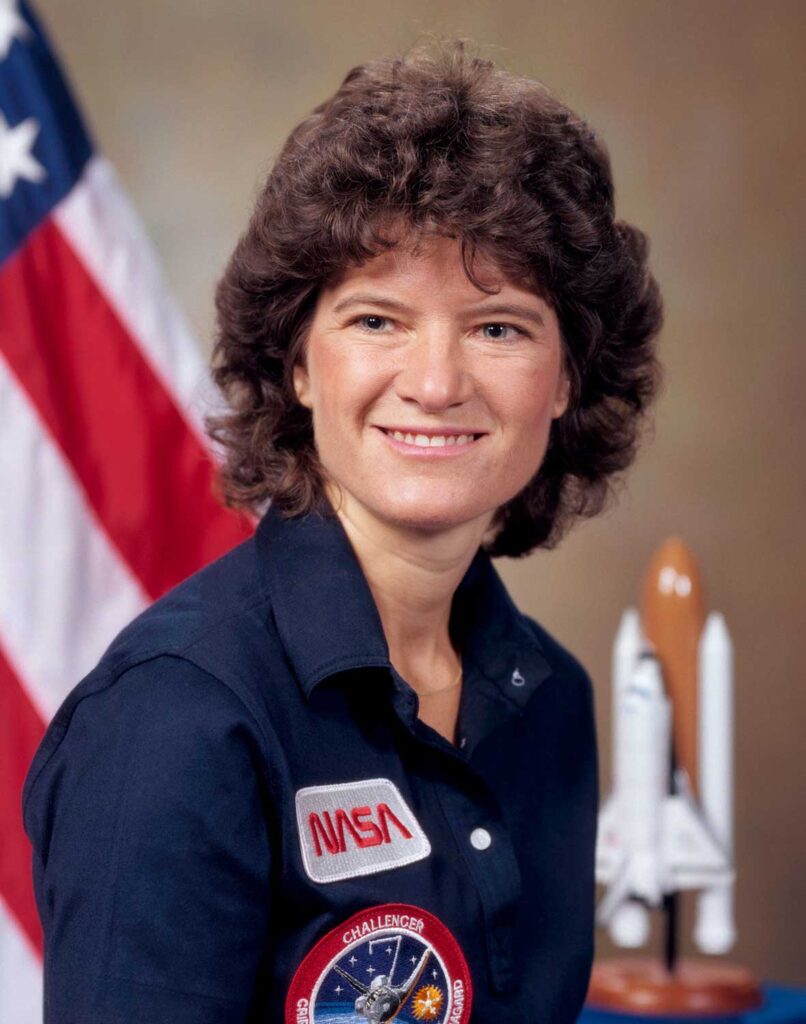
The first spacefarer to publicly come out as gay did so in a remarkable way — the day she died. Already one of the most famous astronauts in the world, Sally Ride had become America’s first woman in space, flying her first shuttle mission in 1983. She’d had same-gender relationships since the age of 20, long before she applied to become an astronaut. An expert in compartmentalizing her life, as Lynn Sherr explains in her excellent 2014 biography “Sally Ride: America’s First Woman in Space,” she was never looking to be a standard-bearer for gay rights. She and her partner of twenty-seven years, Tam O’Shaughnessy, chose not to publicly disclose their relationship until, after a loving and frank conversation, boosted by encouragement from trusted close friends, they picked a very impactful method. Tam simply stated their longstanding relationship in an obituary on the day Sally passed away, in 2012.
I worked for Sally and Tam for a number of years at their company, Sally Ride Science. They ran the company together, and it was clear they had been friends since they met as young girls on the competitive tennis circuit. They chose not to come out, Tam later explained, as they were concerned they wouldn’t be able to raise the corporate sponsorship money needed if the companies knew they were a couple. With a national reach to young people, it was also feared more conservative families in less progressive states would have organized boycotts of the science events aimed at their children.
“It is sad that she never came out publicly while she was alive,” Michelle Evans reflects, “as this would have made a world of difference to young girls of the same sexual orientation. But I also completely understand her position, as that may have been extremely detrimental to her mission: we can only imagine the blowback she would have gotten in certain quarters.”
In my personal view — and it was never a conversation I had with Sally and Tam — there were additional reasons they chose not to. Sally was already a first, and because of her high-profile position she was spending a huge amount of energy post-NASA inspiring girls to seek out STEM careers. I sensed one first was enough.
The other reason, although this is only my opinion based on my time working for her, was security. With someone as famous as Sally, there are always people who stalk, who send strange messages, and who otherwise try to get close. It was something we became used to dealing with, both for public appearances and at the company offices. Sally deliberately kept much of her everyday life intensely private for that reason, with a tight circle of long-time friends and colleagues acting as guardians and gatekeepers. To have created headlines about her personal life — and coming out would have been a big story — was not something that would have been in keeping with her personality. She would never allow anyone else to define her message. Her focused dedication instead inspired tens of thousands of kids to be excited about science and engineering at a vital time in their lives.
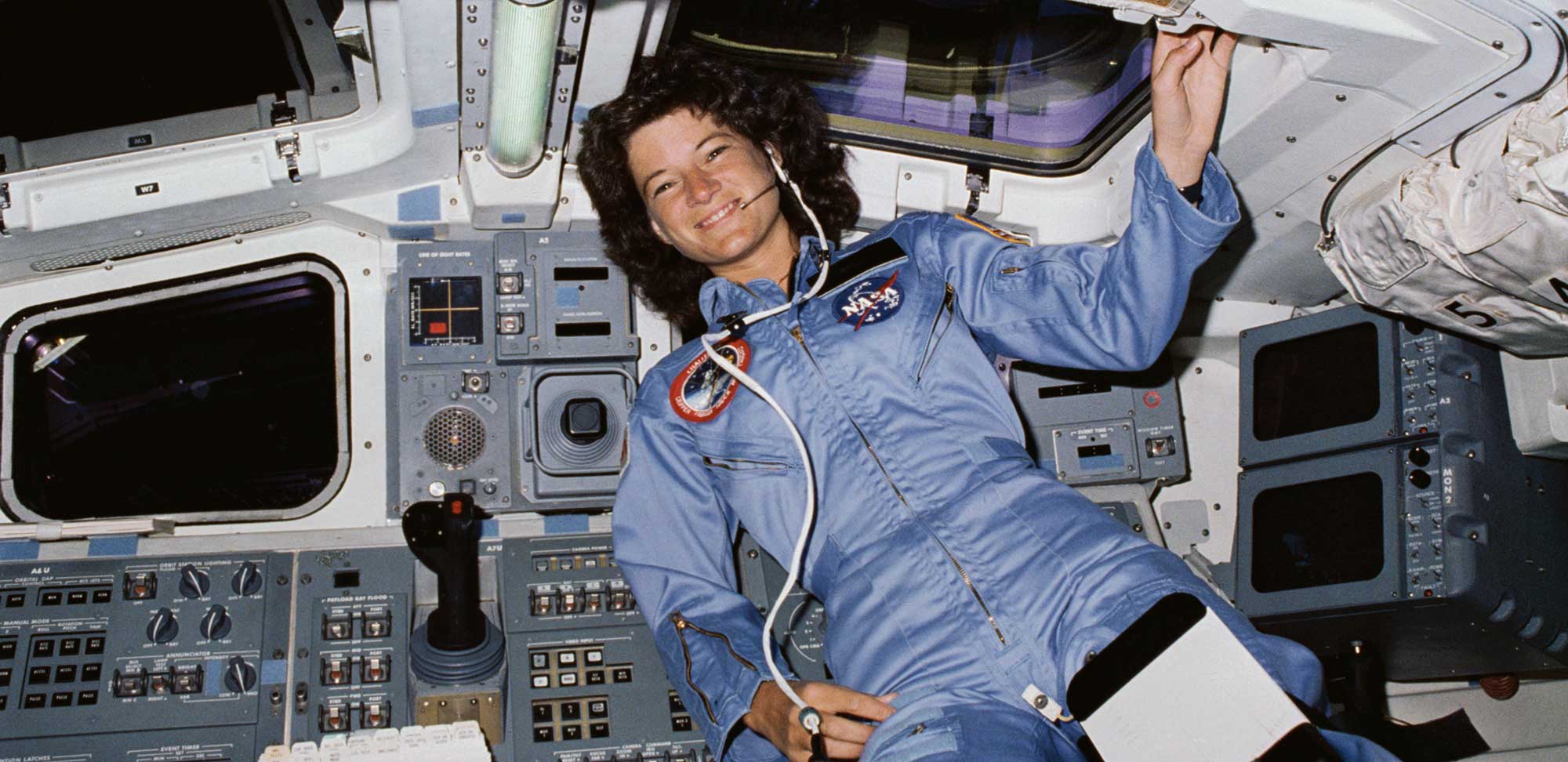
When I worked for Sally and Tam, helping to put on the large science-themed festivals around the country, one of the astronaut speakers was Wendy Lawrence. Chosen as an astronaut by NASA in 1992, fourteen years after Sally Ride, Lawrence is a graduate of the Naval Academy and from a distinguished military lineage: her father was the Superintendent of the Academy at the time she was there. Vice Admiral William Lawrence had also been a finalist for selection in the original group of NASA astronauts. His daughter became one of the Navy’s most accomplished helicopter pilots, as well as making contributions in the fields of physics and oceanography before becoming an astronaut. She took on the demanding role of NASA’s Director of Operations at Star City in Russia, where the cosmonauts live and train, overseeing this vital and internationally prestigious collaboration between the world’s two major space programs. She made four space shuttle flights, including two dockings with the Russian space station Mir, and flew the mission that returned America to space after the shuttle Columbia tragedy. She was the first active duty female naval officer to fly in space. In short, she’s had an outstanding and distinguished career.
Retiring from NASA in 2006, it appears Wendy Lawrence only publicly chose to come out in December 2018, while accepting a very prestigious honor at a public ceremony — the United States Naval Academy Distinguished Graduate Award. Each honoree during the ceremonies was introduced with a video summarizing their lives and careers. Lawrence’s included “Wendy is married to Kathy, and they live in Washington State,” along with a photo of the married couple. Her wife was in the audience, and in her many thank-yous during her speech, Lawrence was sure to say “I want to acknowledge my spouse Kathy.”
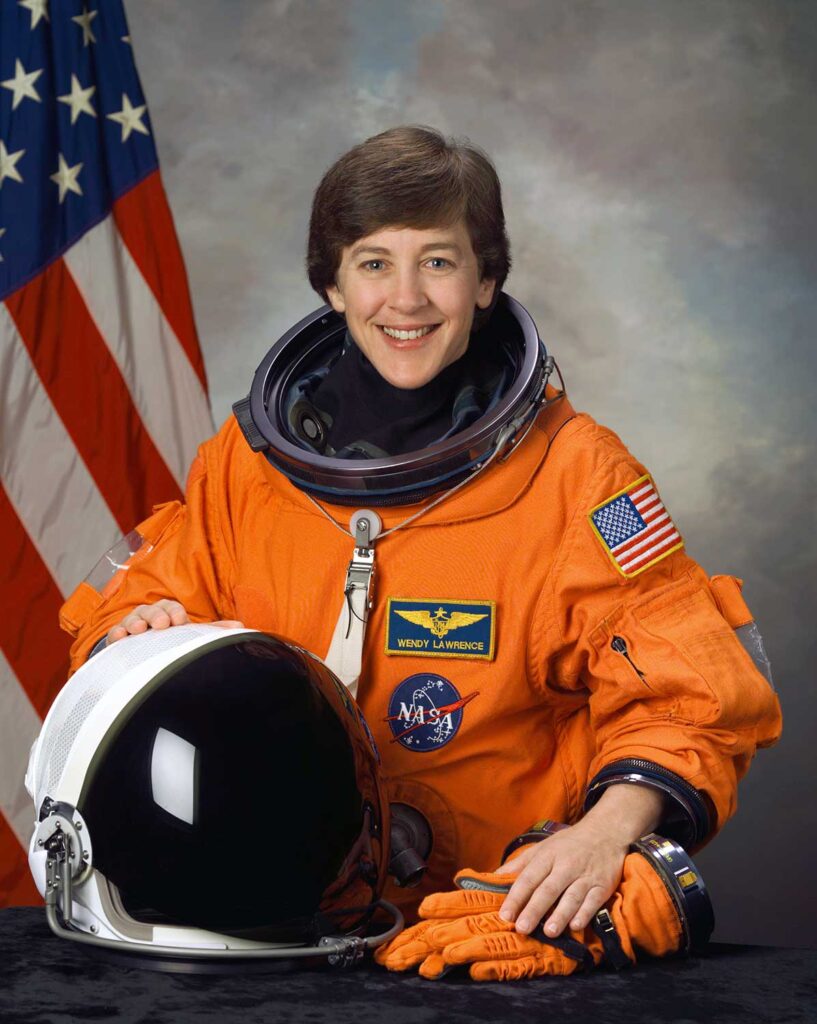
The moment came and went without fanfare. For the first time, a living astronaut had publicly come out. Many close colleagues already knew, naturally. However there were other former astronaut colleagues in the audience who later related they’d had no idea.
“It was wonderful how the statement from Wendy Lawrence about her wife hardly created a ripple,” Michelle Evans relates. “That’s the ideal way it should always be — that it simply isn’t a big deal.”
Wendy Lawrence’s award ceremony, of course, honored someone who had long retired from NASA and from the military. What was perhaps the final threshold had yet to be crossed — could a current NASA astronaut be openly gay?
This final first was made within a year — although not in the way astronaut Anne McClain wanted. She was in space at the time, and had no real control over the news.
Chosen by NASA in 2013, the youngest person in her selection group, McClain was, like Lawrence, a distinguished military helicopter pilot. In December 2018, the same month Wendy Lawrence gave her speech, McClain launched into space, spending over 200 days in orbit working on the International Space Station.
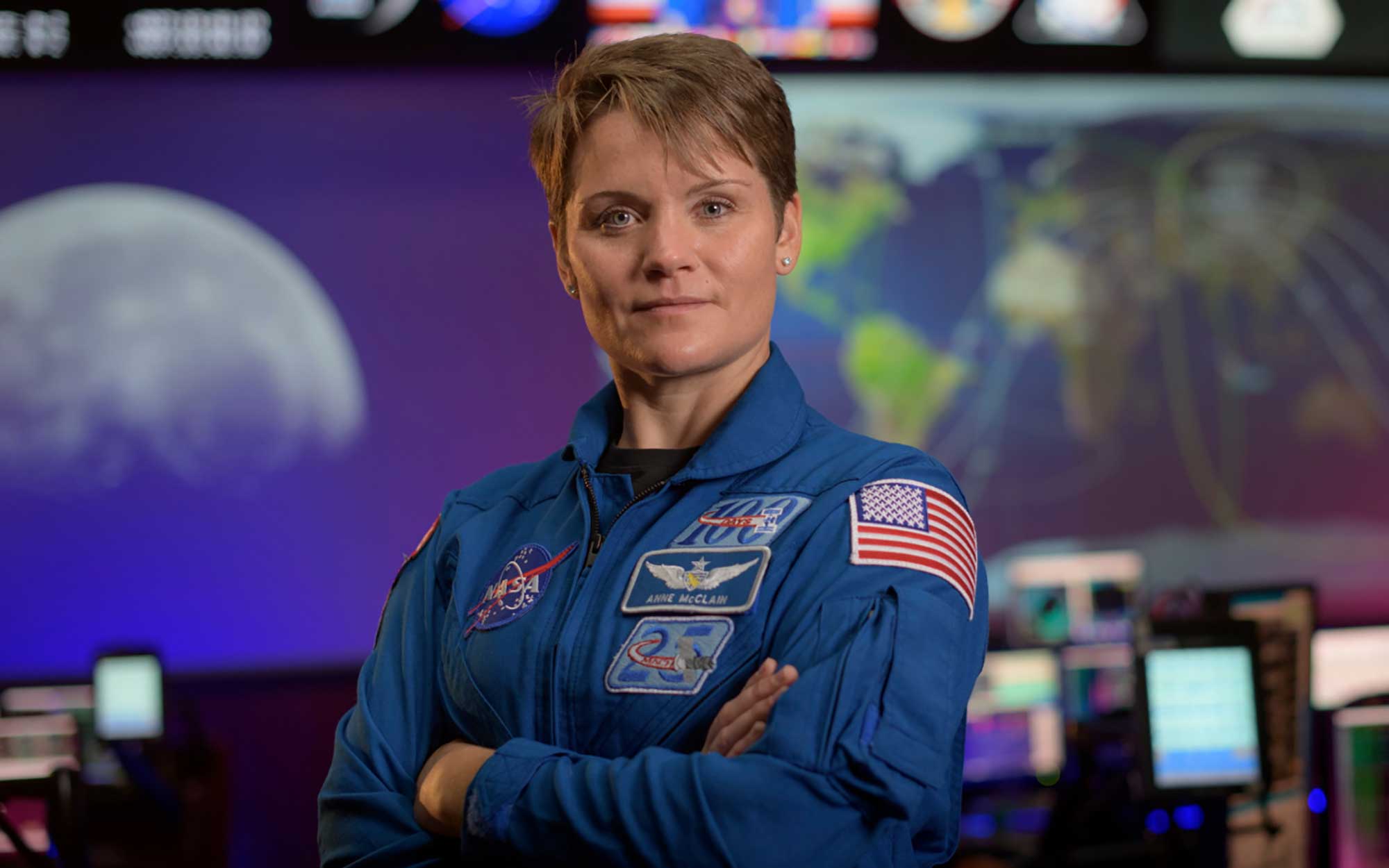
McClain had married in 2014, a same-sex marriage that did not become public knowledge until she was in space. The couple was already divorcing, and disagreements over intertwined finances sadly spilled over into orbit. McClain was falsely accused by her estranged spouse of accessing one of the couple’s bank accounts from space, and the news made the newspapers in the summer of 2019. The stories concentrated on the potential of “Space Crime.” With no confirmation of a crime committed, only statements about ongoing investigations that were later dropped, the media soon moved on to another story about McClain. Eventually, McClain was completely exonerated.
“It was a huge surprise to me recently when the mess came up with Anne McClain in space in a fight with her wife,” Hoot Gibson adds. “I had no knowledge of any gay astronauts previously. I hadn’t known Sally Ride was gay until she died and it came out then, even though I’d dated her for a while decades earlier.”
Unlike the announcement of the first woman in space, first black astronaut, and other positive steps in spacefarer diversity, the story of gay astronauts so far has come out in three different, more complex ways. There has not yet been a moment where a NASA astronaut has publicly come out, by choice, while still active. There is not yet a gay male astronaut who has come out either. These are firsts someone could claim, and be an inspirational role model for many people. NASA as an agency certainly would seem to be much more welcoming to the idea these days. A greater commitment to diversity in all forms has resulted in gay-friendly events for employees at NASA facilities. Since 2016, an LGBTQ Special Emphasis Group within NASA has also been working beyond what federal law requires to create a more positive, equitable, and productive NASA work environment. They provide advice to NASA leadership and support all of the agency’s workers with awareness training and inclusion opportunities. Whether this openness applies to the more closed enclave of Houston’s astronaut culture is not yet certain.
Charlie Bolden was an astronaut in the same era as Hoot Gibson, and in 2009 became NASA Administrator, overseeing the entire agency. He believes things have changed since he became an astronaut in 1980.
“There were rumors about gay astronauts, but they were rumors about astronauts from other countries. When I was in Houston in the 1980s and 1990s, it might not have worked out very well due to the level of intolerance at that time. We had people leaving our Episcopal churches in Texas due to the ordination of women and gay priests. While I would hope we would have been different in the astronaut office, I still find it hard to imagine people being tolerant of an openly gay person then. Although I don’t think it would have been such a shock if it had been one of the women, many of whom were single and very dedicated to their jobs. I think today’s attitudes are very different — there might be some people who complain, but I don’t think it would last very long.”
John Charles, the Chief Scientist for NASA’s Human Research Program at the Johnson Space Center for many years, is now the Scientist In Residence at Space Center Houston, NASA’s adjoining visitor center. He explains “Our push for accessibility and inclusiveness has already brought a public presentation by the LGBTQ support group at JSC. They spoke briefly and matter-of-factly about this aspect of their lives and then described the cool projects they are involved in. It was well-received.”
Support for change is also coming from outside of NASA. There is a collaborative organization named “The Out Astronaut Project,” working specifically to address the underrepresentation of LGBTQ people in the science and space fields overall. “Astronauts inspire our youth, represent limitless possibilities, and serve as ambassadors to STEM,” explains Jason Reimuller, a spacecraft systems engineer and research pilot who serves as the organization’s Executive Director. “Communities are empowered when they are represented. We highlight the contributions of LGBTQ+ members currently working in science and space, while also providing grants to promising LGBTQ+ students currently pursuing professions in space-related fields. Our goal is to train and fly an ‘out’ member of the LGBTQ+ community to space as a scientist-astronaut.”
There are other gay astronauts, although it is their choice when — or even if — to ever make this public. One former flight trainer tells me there are a number of other gay women, and also a couple of men, currently within the astronaut corps. While they are comfortably open around many of their co-workers, the military culture within the astronaut corps, combined with the conservative Texas environment, still makes NASA a place they are not ready to be public about this, I am told. But considering the number of known gay astronauts just tripled, it may only be a matter of time until someone chooses to be an ambassador. Just as Sally Ride was an enormously positive role model for young women looking to advance their careers in science, so a gay astronaut could be a wonderful, positive role model for LGBTQ students looking to overcome prejudice and reach for their own goals.
